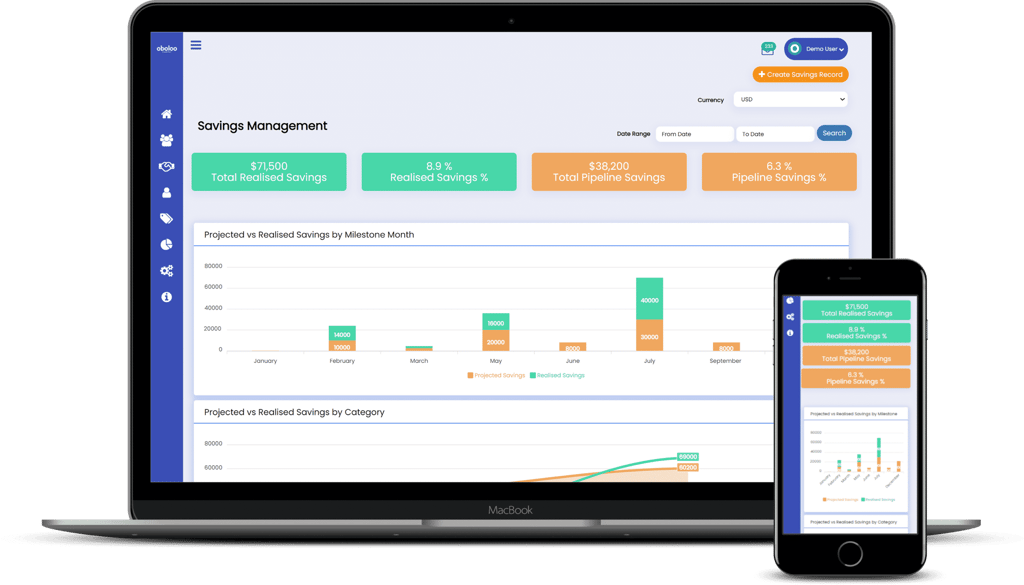How to select the right eProcurement software

Procurement departments are the engines within a business that drive greater strategic value. Efficient procurement functions manage end-to-end activities to reveal critical insights not readily available to the wider company. Procurement departments however can struggle to produce these insights due to manual data processes or using legacy or in-house systems. These out of date processes are heavily reliant on resource, limited on functionality of outputs and lack the simplest modern functions you’d expect from an eProcurement system such as taxonomy or notifications.
With newer eProcurement software, organisations can gain access to more cost effective solutions due the the reduction of development costs. They can also achieve slicker procurement processes through smart automation, standardisation and analytics.
.
How to Select the Right eProcurement Platform
Does the software override the advantages of a company’s legacy system or processes?
The functionalities of a modern cloud eProcurement software hugely outweigh legacy systems that were mainly created as on-site solutions making them harder and more expensive to keep up-to-date. Now, Cloud-based eProcurement solutions are increasingly in demand as they become widely more available to new markets such as SME’s. Cloud-based procurement systems are more cost-effective to update and add new functionality to, and some are even self service meaning that no implementation or long winded sales processes are needed.
Advanced Data Reporting & Analytics
Data has become a procurement departments most valued asset, even if they don’t know it yet. Cloud-based eProcurement technology that brings together purchasing, accounts payable and contract management departments can only drive insights to decision-makers and offer visibility & control not available before. Knowing when your suppliers insurance is about to expire, when your contracts are due to be renewed or what an esourcing activity has been awarded on offers a level of insight rarely seen before in procurement departments and with advanced reporting through user-friendly dashboards this will only strengthen the power they have at their fingertips.
Procurement accessible from anywhere
Cloud procurement enables access to procurement software’s from any device and from pretty much anywhere. Mobile procurement technology drives efficiency of every procurement process as well as improving collaboration whether it is approving a supplier document whilst on a plane or creating an eSourcing activity that requires input from a team member whilst working at home. It creates a central hub for buyers and suppliers to collaborate more effectively and effectively.
Buzzwords such as AI, Blockchain and Machine Learning
When purchasing a new eProcurement software it is important not to be enticed by technical jargon and functions that a company is not ready to adopt or in most cases does not need. eProcurement platforms can promise full automation of your current processes however take time to understand whether this approach is the right one for your company. Human interaction will still be needed even in new technologies that promise these ‘advanced’ technologies. When adopting these technologies, companies will also need to be aware that they will need to change other processes inside and outside of their procurement function to make them work.
The perfect supplier and client relationship
Suppliers make up perhaps the most important part of any business. Ensuring that the correct relationships are in place with suppliers will only help strengthen procurement departments and their processes. This is also true when it comes to using the right eProcurement software, as a modern solution will usually give access of its functionality to suppliers. Ensuring that suppliers can easily access an eProcurement system and that they will adopt it fully is critical to ensure that they upload documentation when requested or that they respond to an eSourcing activity in a timely manner.
Return on investment (ROI)
A main factor that companies look at when procuring a software is cost. This is where eProcurement software’s have failed previously as they have been on-site solutions with expensive implementation and maintenance costs. However with more cost-effective and readily available solutions on the market today, company’s (especially SME’s) are able to take advantage of cloud based systems which were out of reach just a few years ago. Even though a cost still remains for these modern software’s, company’s should be looking at the long-term (and even short-term) return on investment such as establishing how much a contract would cost them if it rolled over and were not notified beforehand or the time it takes to collate 10 suppliers responses on email for an eSourcing activity as well as evaluate them.


